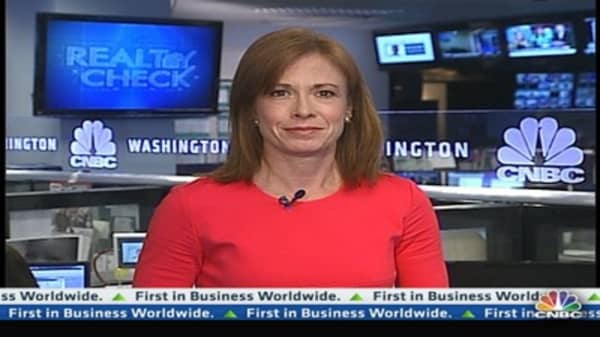Institutional investors are especially drawn to REITs because they provide not just earnings growth, but strong dividend growth. REITs are required to distribute at least 90 percent of taxable income to shareholders in the form of dividends. Also, real estate is relatively inexpensive right now.
(Read More: The Other Housing Recovery: Agents' Pay)
"Physical real estate is attracting institutional investors because there is a positive spread between how much it costs to finance real estate versus the income generated," added Goldfarb.
On a total return basis, the FTSE NAREIT All REITs Index gained 5.80 percent in April and the FTSE NAREIT All Equity REITs Index gained 6.33 percent, while the S&P 500 was up 1.93 percent.
While almost all sectors of U.S. REITs have delivered double-digit gains year-to-date, some are outshining others. Health care was the industry's top-performing major sector, with a 23.77 percent total return, according to the NAREIT report. Lodging was up 17.51 percent, and retail was up 17.34 percent, led by shopping centers.
An improving economy is clearly sending consumers back on vacation and back to the malls. Health care has been a consistent leader, as Baby Boomers fuel the aging population.
(Read More: Map: Tracking the US Real Estate Recovery)
A product of the real estate recovery, Mortgage REITs were up nearly 19 percent and Home Financing REITs were up over 17 percent. Commercial financing is driving much of the former, but these sectors are benefitting from a potential thaw in mortgage credit in residential as well.
"There are signs that conditions are beginning to loosen," according to analysts at Capital Economics, who also noted that mortgage demand is on the rise.




